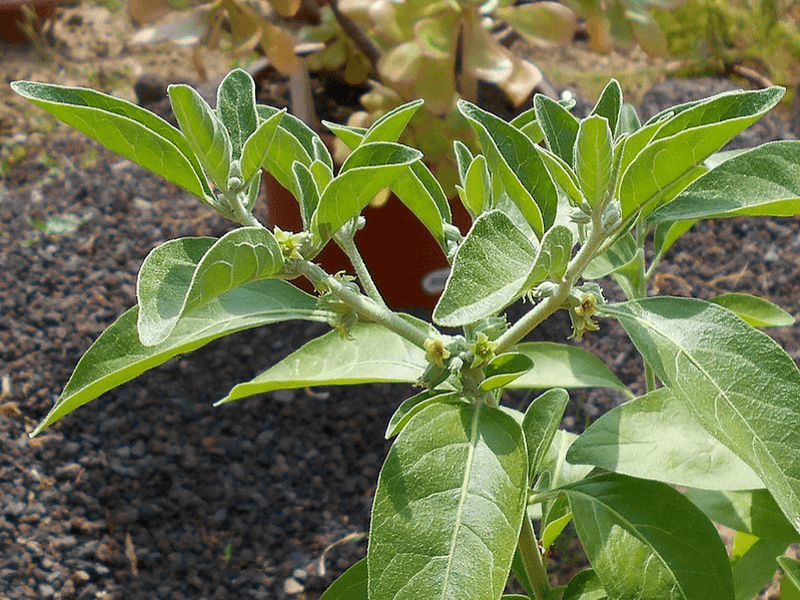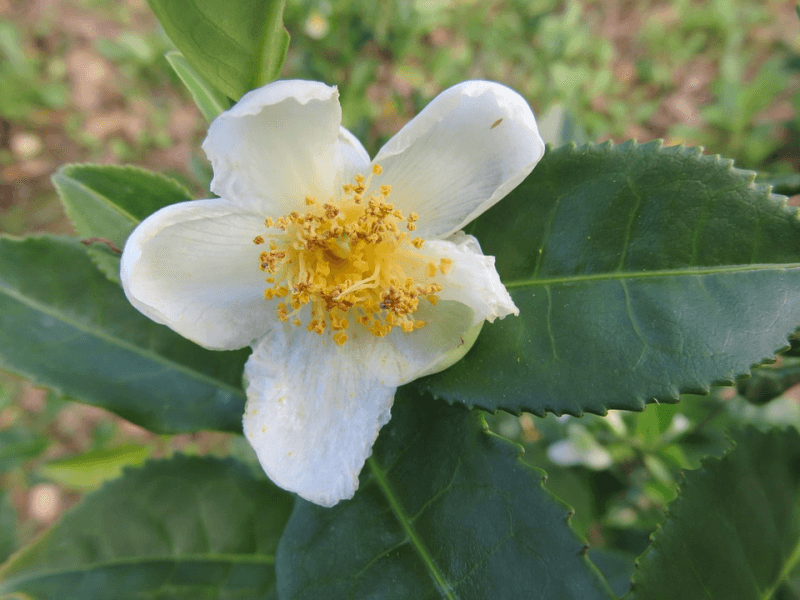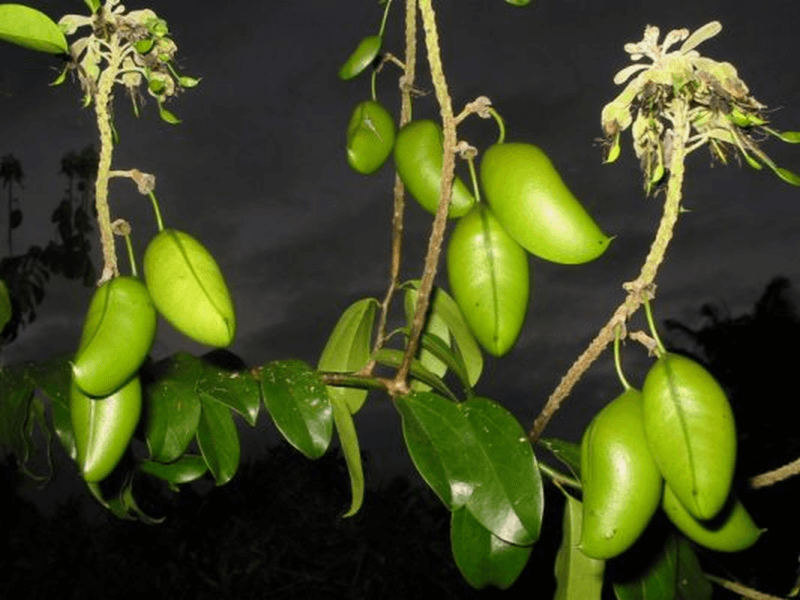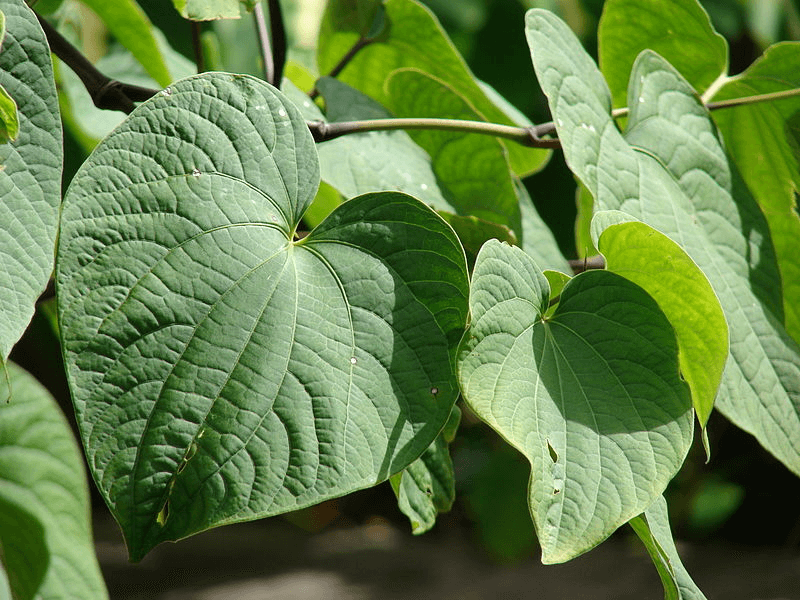There are close to 400,000 species of plants across the globe. It’s no surprise that herbal medicine has flourished in many corners of the world throughout the ages, considering the amount of flora available. You may be familiar with some natural sleep remedies like Valerian or Lavender; and even the North American native Passionflower, which has been included in the formulations of several all-natural sleep aids that have come out in recent years. However, there will always be plants that you won’t have heard of due to cultural or locational barriers. Some, as you will find below, may be not completely unknown, but not typically thought of as a way to treat sleep problems.
We’ve compiled a short list of exotic—or otherwise unfamiliar—plants that have long been used medicinally in their locales, though not always for sleep. We’ve seen them all in various sleep aid formulations, though! You can find them in dietary supplements, tea blends, and sometimes even in single-ingredient tinctures or powders. As with prescription sleep aids, please don’t take any of these remedies with alcohol and don’t operate machinery after dosing.
And it bears repeating: Always consult your doctor before trying these remedies–particularly if they are to be administered to children, women who are pregnant or nursing, or those prone to liver problems. Just because something is natural doesn’t mean it’s automatically good for you.
#1 Ashwagandha (Withania somnifera)
Also known as: Indian Ginseng, Padalsingh, Poison Gooseberry, Winter Cherry
Native to: China, Indian Subcontinent, Yemen

#2 Camellia (Camellia sinensis)
Also known as: Assam Tea, Tea Plant, Tea Shrub, Tea Tree, Camellia
Native to: East Asia, Indian Subcontinent, Southeast Asia

Would it surprise you to find out that black tea, green tea, white tea and even oolong tea all come from the same plant? We couldn’t believe it at first, either; but it in our efforts to research Camellia sinensis and Camellia sinensis var. assamica—its popular subspecies—it became increasingly clear to us that this was the truth. Camellia is to tea as grapes are to wine, it seems; although this does not include herbal teas or fruit teas, also known as tisanes and infusions. It’s cultivated in many parts of the world, even the US; but as herbal medicine, the roots of its use are in China. The inclusion of Camellia in this list is really just to bring this fact to light, because it leads to something we’ve already covered before: the amino acid L-Theanine, which is commonly described in sleep studies and other media as being found in green tea. As we’ve already covered in other articles, L-Theanine has been shown to improve the body’s response to stress and anxiety, due to its relaxing and calming effect.
It is typically available as tea, obviously. However, tea also contains caffeine, which may delay the onset of sleep; although you can try green tea, as its caffeine content is the lowest. If you’re looking to use Camellia specifically as a no-nonsense sleep remedy, you may want to take L-Theanine capsules as a dietary supplement instead. L-Theanine is also a common ingredient in all-natural sleep aids; the amino acid is a veritable superstar when it comes to botany as it relates to sleep health.
#3 Griffonia (Griffonia simplicifolia)
Also known as: Bandeiraea simplicifolia
Native to: Central Africa, West Tropical Africa

This woody evergreen shrub native to Africa—particularly found in the tropics of Congo, Gabon, Liberia, and Nigeria—is a large climbing plant, of which many parts are used medicinally and otherwise. The wood can be used to make baskets and walking sticks, and the leaves can be used to make wine. The sap from its stems can even be used to quench thirst. Decoctions and pastes made from leave and stems are folk remedies for a variety of ailments: burns, constipation, coughs, decaying teeth, sores, wounds, and more. Its roots can even be used in the treatment of sickle cell anemia. However, it’s the seed of Griffonia that has captured the attention of dietary supplement makers; due to it containing high levels of the amino acid 5-hydroxytryptophan (5-HTP), which is an important building block and precursor of the neurotransmitter serotonin. Usually the human body synthesizes 5-HTP from L-tryptophan, which in turn is found in many kinds of food we consume. 5-HTP has been found to help in the management and treatment of depression, obesity, insomnia and even chronic headaches. When it comes to sleep health, it’s usually studied with GABA.
It is not typically available or marketed as Griffonia, although virtually all commercially available supplements containing 5-HTP—either as a single ingredient or as part of a proprietary formulation—cite Griffonia as its source. Though it’s commonly found in all-natural sleep aids, it is sometimes sold as an appetite suppressant or mood enhancer.
#4 Kava (Piper methysticum)
Also known as: ʻAwa, ʻAva, Kava-Kava, Malogu, Malok, Sakau, Yaqona
Native to: Vanuatu; and parts of Polynesia, Melanesia, and Micronesia

#5 Magnolia Bark (Magnolia officinalis)
Also known as: Hou Po, Magnolia
Native to: China
